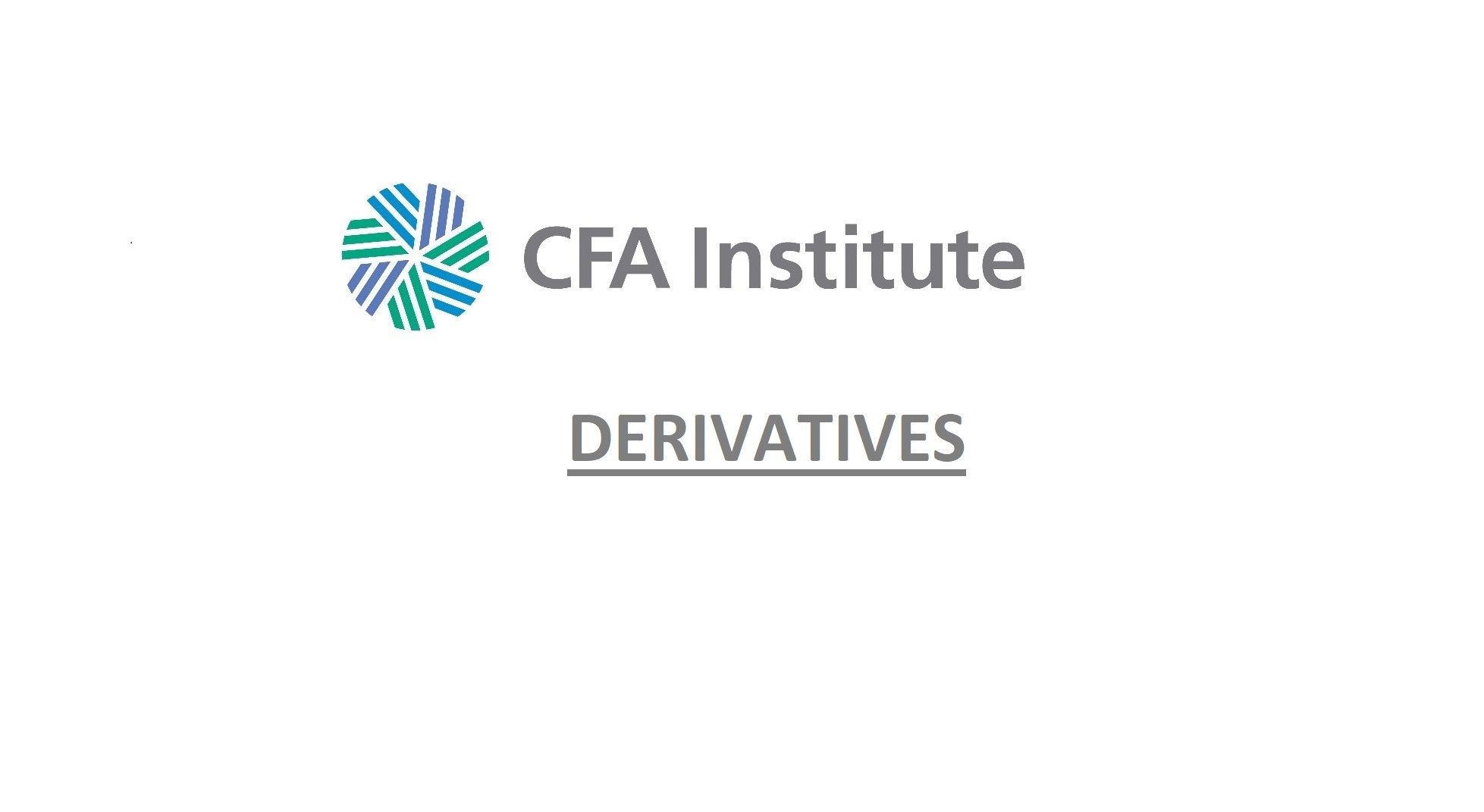A long straddle is an option combination in which one buys both puts and calls, with the same exercise price and same expiration date, on the same underlying asset.
If someone writes both options, it is a short straddle.
A straddle is an example of a directional play on the underlying volatility, expressing the view that volatility will either increase or decrease from its current level. A profitable outcome from a long straddle, however, usually requires a significant price movement in the underlying asset. The straddle buyer pays the premium for two options, so to make a profit, the underlying asset must move either above or below the option exercise price by at least the total amount spent on the straddle.
Long Straddle: Current Stock Price = 50; Buy 50-Strike Call at 2.29, Buy 50-Strike Put at 2.28
The value of a straddle at expiration is the combined value of the call and the put:
- VT = Max(0,ST – X) + Max(0,X – ST).
Broken down into ranges,
- VT = X − ST if ST < X
- VT = ST − X if ST > X.
The profit is VT – V0, or Π = Max(0,ST – X) + Max(0,X – ST) – c0 – p0.
Broken down into ranges,
- Π = X − ST − c0 − p0 if ST < X, and
- Π = ST − X − c0 − p0 if ST > X.
